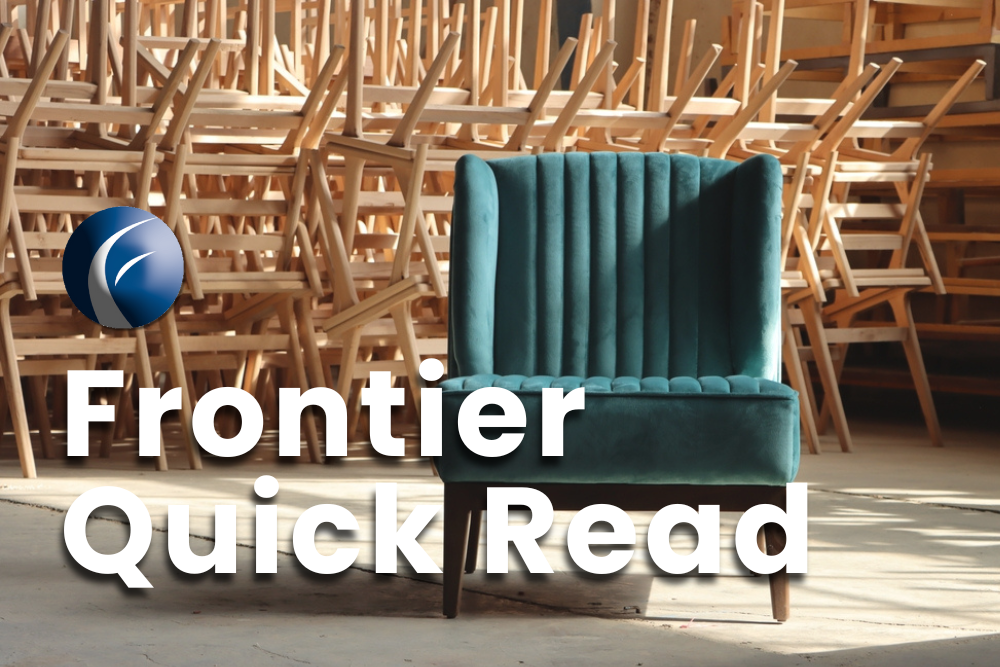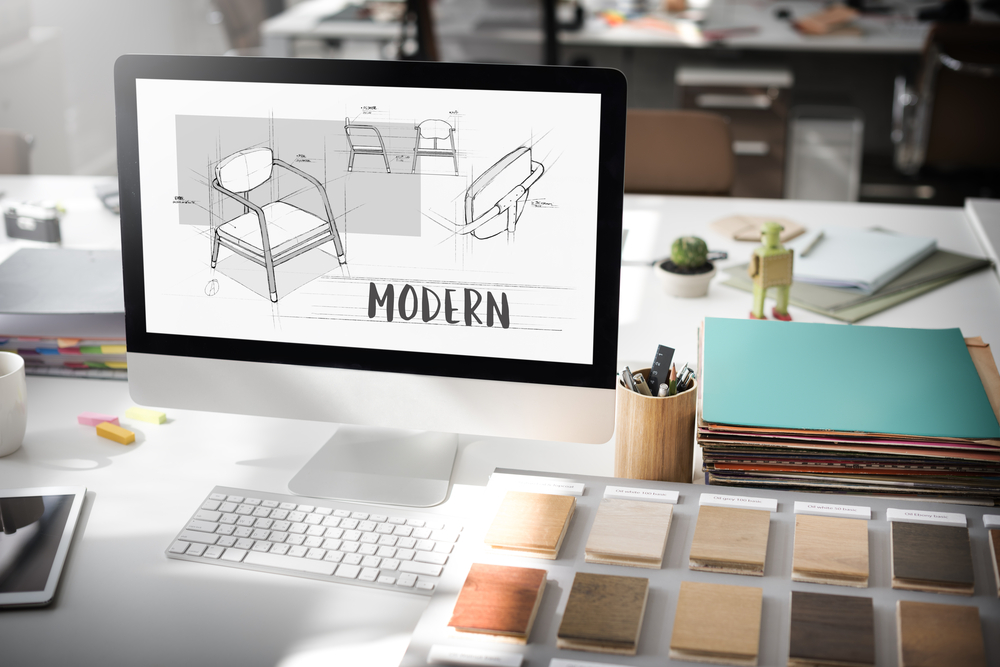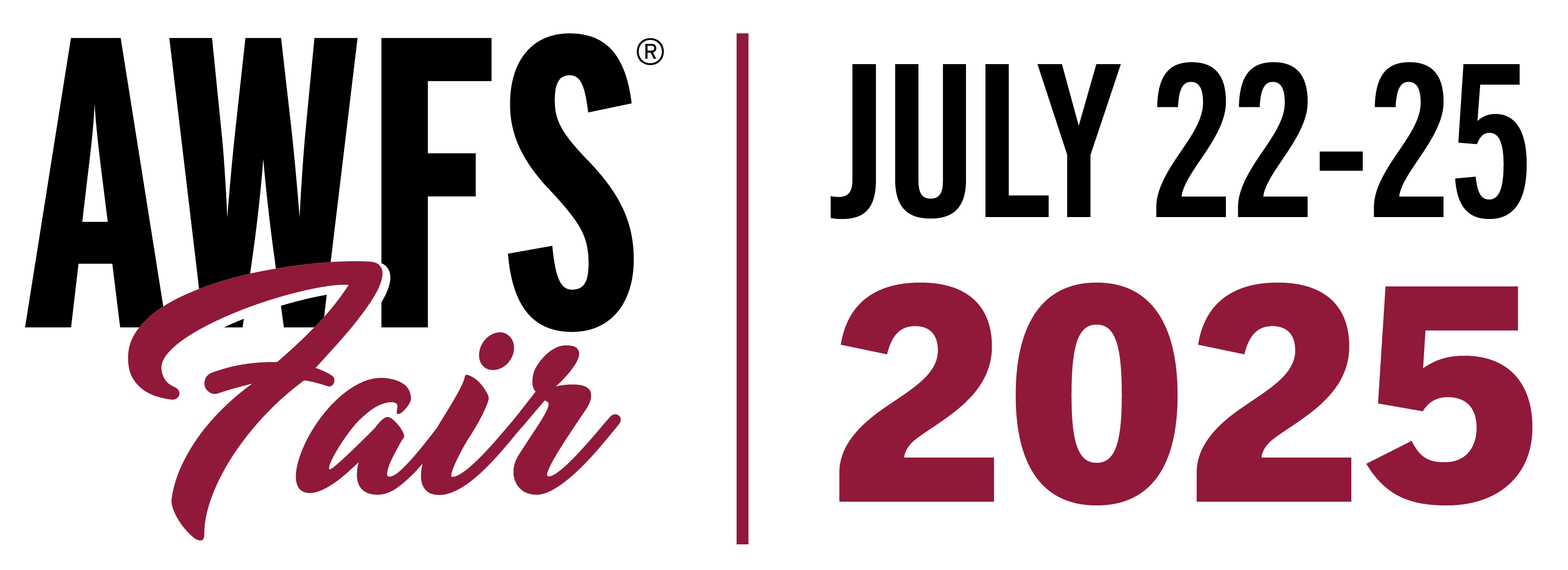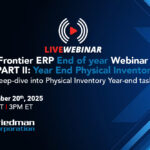
Every day, custom furniture manufacturers face growing pressure to deliver faster, customize more, and maintain quality, without driving up costs. The key to keeping up? Streamlined workflows. By optimizing your day-to-day operations, you can enhance efficiency, minimize errors, and foster growth throughout your business.
Here are five proven ways to improve furniture manufacturing workflows and how the right ERP system can make it all possible.
1. Standardize Processes Across Departments
When teams use their own system or set of procedures, small errors can quickly snowball into major production delays. Standardizing company processes across departments helps ensure everyone is on the same page, from design to delivery. A critical part of that is implementing standardized work instructions for each task on the shop floor.
These instructions provide clear, step-by-step guidance to operators, ensuring consistency, reducing training time, and minimizing production errors. When integrated into your ERP system, work instructions can be tied to specific product configurations, bill of materials (BOMs), and routing steps through the MES, so workers always have the right instructions for the right job.

Frontier ERP’s Product Configuration Management and Master Production Scheduling are just two tools available to furniture manufacturers to streamline order processing.
An ERP unifies all operations—sales, production, inventory, scheduling, and finance—under a single platform. For furniture manufacturers, this means fewer surprises, less double-entry, and a more predictable workflow throughout the factory.
Tip: Utilize process documentation and make visual work instructions available to staff on their station dashboards. Update them regularly to reflect current best practices.
2. Automate Order Configuration and BOM Generation
Custom furniture orders require fast, accurate configurations, and that’s often where workflows break down. When quoting and order entry rely on manual input, mistakes creep in. Automating this step eliminates bottlenecks and reduces the risk of errors that lead to rework.
With an ERP system with built-in Configure, Price, Quote (CPQ) software, you can automatically generate a bill of materials (BOM) and production routing based on configurable product rules. This gives your production team the exact specs they need as soon as the order is placed.
Result: Faster quote-to-cash cycle and fewer production delays.
3. Optimize Production Scheduling
Poor scheduling is a top reason workflows stall in furniture production. Materials arrive too early or too late. Machines sit idle. Labor isn’t assigned efficiently. All of this adds up to wasted time and money.
An ERP with advanced production scheduling helps manufacturers dynamically assign jobs based on resource availability, material readiness, and due dates. You can respond to last-minute changes without throwing off the entire schedule.
Bonus: Frontier’s scheduling tools integrate with barcode systems and shop floor reporting with real-time updates.
4. Use Real-Time Data to Manage Workflows Proactively
Traditional paper-based procedures don’t give you visibility until something goes wrong. But real-time data lets you stay ahead of the issues. From inventory levels to machine performance to work-in-progress status, access to live data helps production managers make better decisions.

Automated workflows are standard with Frontier ERP. Users rely on them for faster and more accurate processing throughout their companies.
ERP systems collect and display real-time data across the shop floor, allowing you to spot inefficiencies and make adjustments immediately, not after the fact.
Tip: Implement dashboards tailored for roles like production managers, schedulers, and quality control teams.
5. Streamline Communication with Integrated Tools
Miscommunication is a silent killer of efficient workflows. Production teams get the wrong specs. Sales can’t find order statuses. Customer service doesn’t know the shipping schedule. Integrated communication tools in your system help eliminate these issues.
Look for features like in-system notes, digital document attachments, and process triggers that automatically notify team members of changes. This level of visibility and connectivity can increase productivity by 25% and help departments work as one team.
Make Furniture Manufacturing Workflows Part of Continuous Improvement
Improving furniture manufacturing workflows starts with looking at your processes and investing in technology that supports them. It also takes a commitment to continuous improvement. A purpose-built ERP can unify operations, automate key steps, and give you the visibility needed to stay efficient and responsive.
Whether you’re building sofas, cabinetry, or commercial furniture, the right ERP system is a powerful tool to improve how work flows through your business. To see how Frontier ERP helps furniture manufacturers like you work smarter, click the link below or stop by our booth at the AWFS® Fair 2025 in July!





